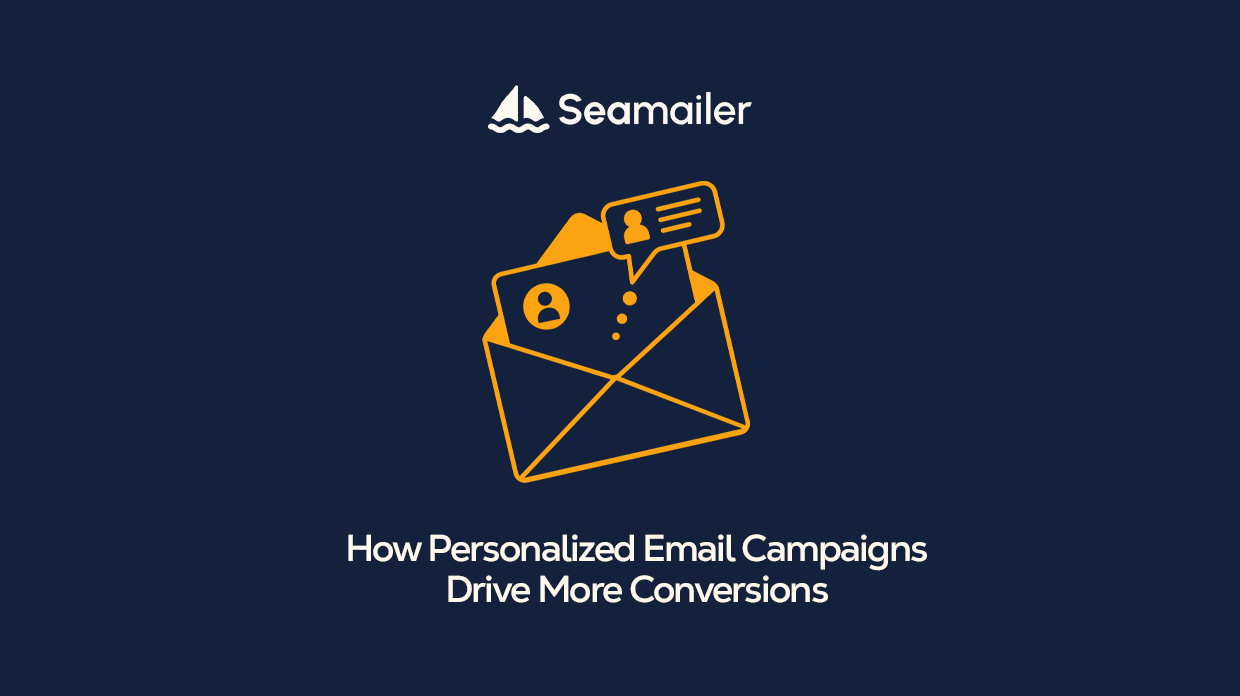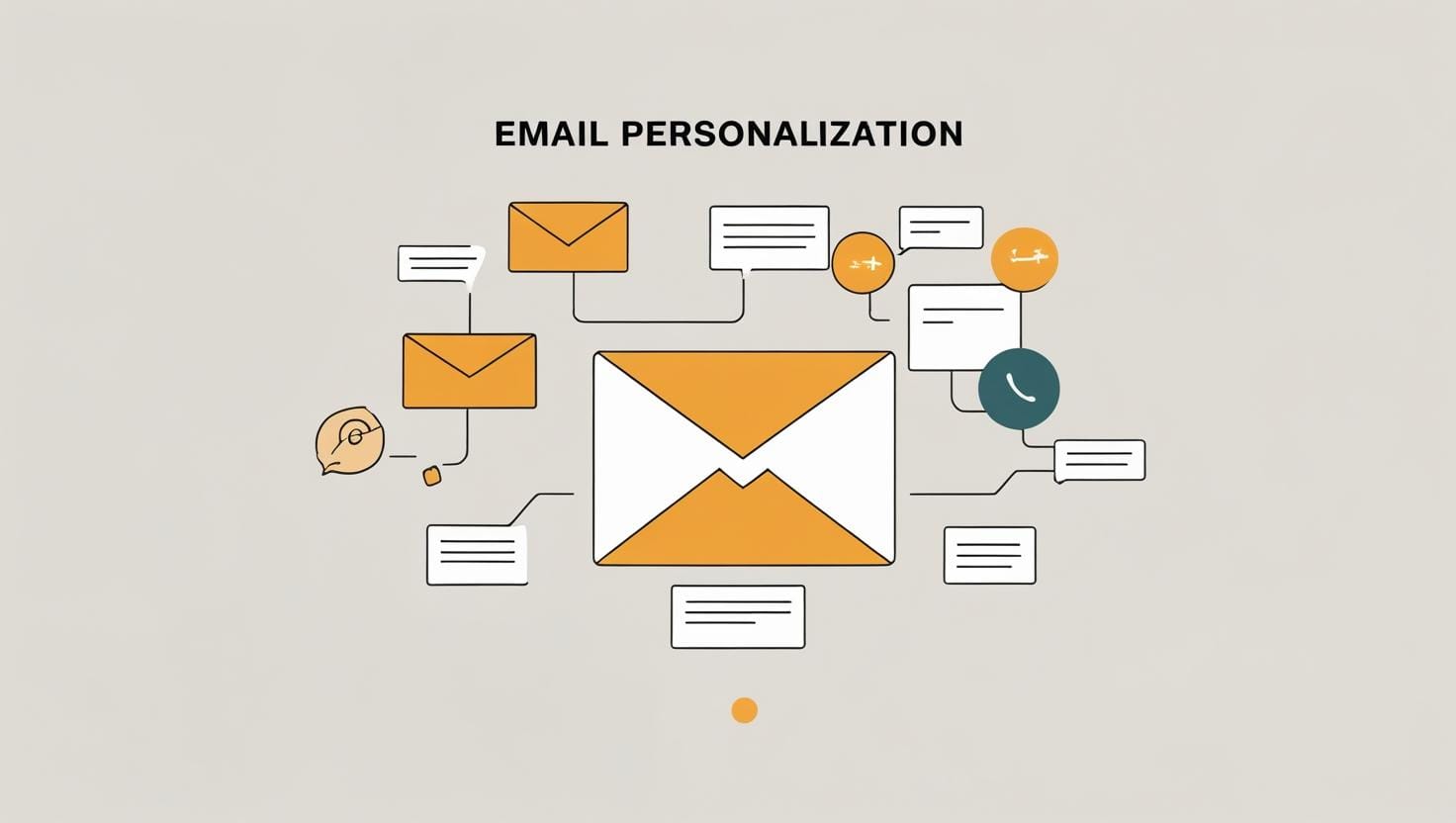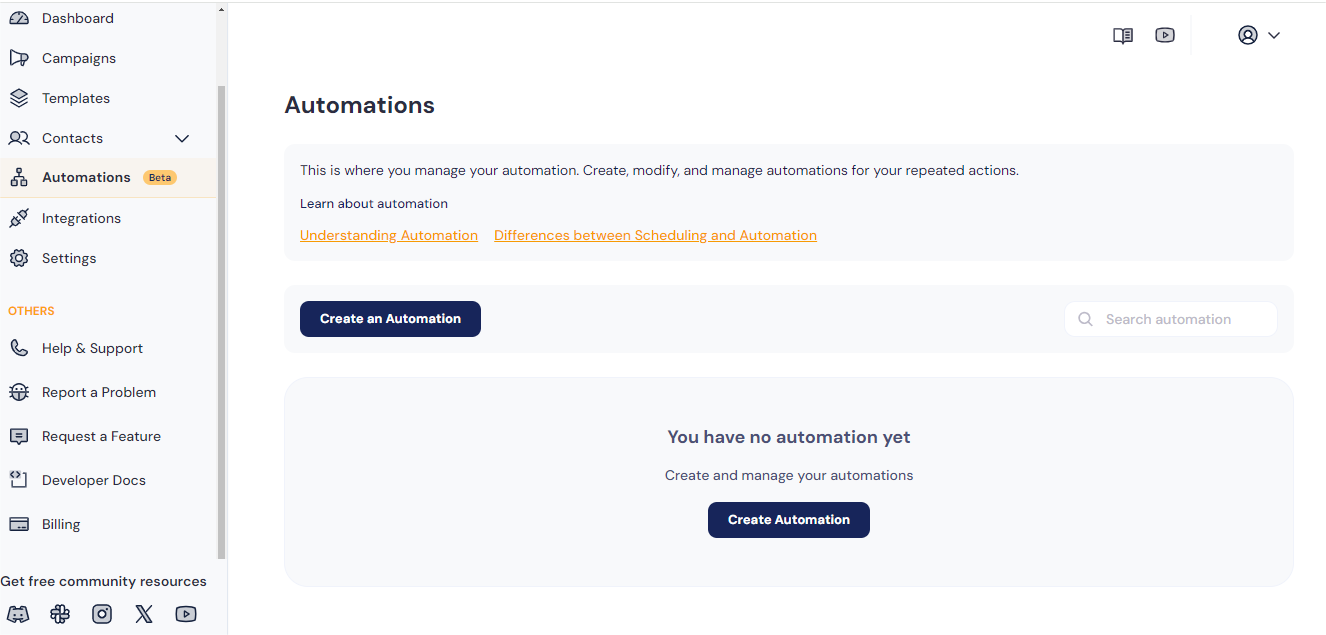How Personalized Email Campaigns Drive More Conversions

Imagine getting an email that feels like it was written just for you. It addresses you by name, understands your needs, and recommends exactly what you're looking for. That’s not magic—it’s personalization in action.
In the overcrowded world of digital marketing, personalization isn’t just a nice-to-have. It’s the difference between being ignored and being irresistible.
In this blog, we’ll break down exactly how personalized email campaigns fuel higher conversions, uncover the science and strategy behind them, and show you how to implement personalization without feeling robotic or intrusive.
Let’s dive into the future of email marketing—personalized, human, and wildly effective.
Follow through to know
- What Is Email Personalization?
- The Psychology Behind Personalization
- Why Personalization Drives Higher Conversions
- Types of Email Personalization That Work
- Data: The Engine Behind Personalization
- Segmenting Your Email List for Precision
- Dynamic Content and Smart Automation
- Real-Life Examples of High-Converting Personalized Emails
- Mistakes to Avoid When Personalizing Emails
- How to Measure the Success of Personalized Campaigns
- Conclusion
What Is Email Personalization?
Email personalization is the practice of tailoring email content to specific segments of your audience using data such as names, location, purchase history, browsing behavior, interests, or engagement level.
But personalization is not just adding a first name to a subject line. It’s about sending the right message to the right person at the right time.
“Emails with personalized subject lines are 26% more likely to be opened.” – Campaign Monitor

The Psychology Behind Personalization
Humans are hardwired to respond to their , names and interests. When an email reflects a recipient’s behavior or preferences, it taps into a powerful psychological trigger—relevance.
This creates a sense of connection, trust, and reciprocity. The result? Higher open rates, click-through rates, and conversions.
Personalization:
- Reduces decision fatigue by offering tailored options.
- Increases perceived value by addressing individual pain points.
- Builds emotional engagement with your brand.
Why Personalization Drives Higher Conversions
Here’s why personalization works:
1. Relevance Equals Engagement
When an email reflects a customer’s real needs, they’re more likely to take action. Generic blasts are easy to ignore. Personalized content feels made for them.
2. Builds Brand Loyalty
People buy from brands they trust. By showing you “get” them, you position your brand as not just a seller, align with actual behavior, users feel understood, and that leads to increased but a partner in their journey.
3. Improves User Experience
When recommendations, reminders, or discounts align with actual behavior, users feel understood, and that leads to increased clicks and conversions.
4. Higher ROI
According to Experian, personalized emails deliver 6x higher transaction rates than non-personalized ones.
Types of Email Personalization That Work
Here’s how to personalize beyond “Hi {FirstName}”:
1. Behavior-Based Personalization
Trigger emails based on user activity:
- Abandoned cart reminders
- Post-purchase follow-ups
- Product recommendations
2. Demographic-Based Personalization
Tailor messaging based on:
- Location
- Age
- Gender
- Occupation
3. Lifecycle-Based Personalization
Adjust your messaging depending on where users are in their journey:
- Welcome series
- Re-engagement campaigns
- Loyalty rewards
4. Content-Based Personalization
Curate blogs, videos, or product feeds based on previous content interactions.
Data: The Engine Behind Personalization
To personalize effectively, you need the right data. Start by collecting:
- Name and email (obviously)
- Past purchases
- Browsing behavior
- Clicks and opens
- Survey responses
- Referral sources
Tools to collect data:
- Email sign-up forms with custom fields
- Website tracking (via pixels or cookies)
- CRM integrations (like HubSpot, Seamailer, Klaviyo)
Pro Tip: Never collect data you don’t intend to use. Keep it lean and purposeful.
Segmenting Your Email List for Precision
List segmentation is where real personalization begins. Divide your list into meaningful groups so each segment receives emails that resonate.
Common segmentation strategies:
- New subscribers vs. loyal customers
- Geographic location
- Industry or job role
- Engagement level
- Buying behavior
Well-segmented emails generate 58% of all revenue, according to DMA.
Dynamic Content and Smart Automation
Dynamic content lets you change blocks of text or images within a single email depending on the recipient's profile.
Smart automation uses workflows and behavioral triggers to send personalized emails at the perfect time.
Examples:
- A welcome sequence that adapts based on sign-up source
- A product tutorial triggered after someone downloads a freebie
- A reminder when their subscription is about to end
With platforms like Seamailer, this level of automation is both scalable and easy to set up.

Real-Life Examples of High-Converting Personalized Emails
1. Spotify
Spotify’s “Your Year Wrapped” campaign is personalization gold. It leverages listening behavior to create hyper-relevant, shareable content that drives insane engagement.
2. Amazon
Amazon’s recommendation engine sends personalized product emails based on browsing and buying behavior. They rarely miss.
3. Netflix
Netflix tracks what you watch and sends show suggestions tailored to your taste. Their open rates are among the highest in the industry.
4. Seamailer (Yes, we’re biased—but it works)
Seamailer users saw a 31% boost in conversions after implementing behavioral triggers and dynamic content blocks in their eCommerce campaigns.
Mistakes to Avoid When Personalizing Emails
Even with the best intentions, poor personalization can backfire.
Overusing the First Name
Just because you can use the subscriber’s name doesn’t mean it always makes sense. Use it naturally and sparingly.
Getting the Data Wrong
Incorrect data (e.g., wrong name, product, or location) ruins trust. Test thoroughly before sending.
Being Creepy
Personalization shouldn’t feel invasive. Avoid referencing sensitive behaviors (like how many times someone visited a product page).
Sending Too Frequently
Personalized emails shouldn’t become spam. Balance relevance with frequency.
How to Measure the Success of Personalized Campaigns
Key Metrics to Track:
- Open Rates: Are subject lines attracting attention?
- Click-Through Rates (CTR): Is the personalized content resonating?
- Conversion Rates: Are readers taking the desired action?
- Unsubscribes: Are you overdoing it?
- Revenue per Email: The ultimate metric—what’s the ROI?
Use A/B testing to compare personalized vs. generic campaigns. You’ll likely see a massive uplift with the personalized versions.
Conclusion
Personalized email campaigns are no longer optional—they’re the lifeblood of high-performing marketing strategies.
By combining clean data, smart segmentation, dynamic content, and automation, you can build powerful campaigns that don’t just look good—they convert.
If you want to create human, hyper-relevant emails that drive results, make personalization your north star. It’s the difference between being deleted and being clicked.
Ready to drive better results with personalized emails?
Try Seamailer to build smarter email workflows with dynamic personalization baked in.

